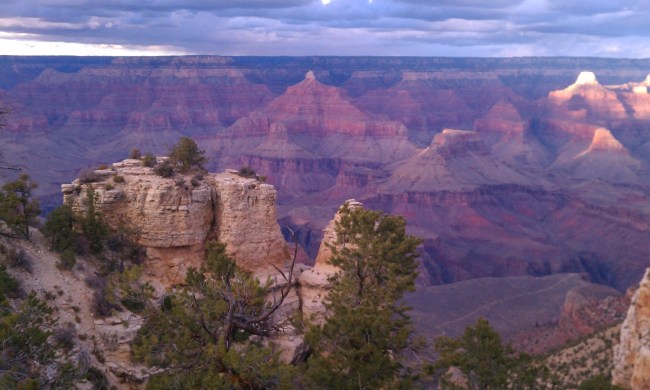On the evening of Tuesday, October 22, 2024, one of the most iconic grizzly bears in North America, Grizzly Bear 399, was fatally struck by a vehicle on Highway 26/89 in Snake River Canyon, south of Jackson, Wyoming. While we are grateful that the driver did not sustain any injuries, this tragic accident has shaken the ecosystem and the world at large.
Grand Teton National Park mourns this national treasure

The identity of Grizzly Bear 399 was confirmed through her ear tags and a microchip. At 28 years old, she was the oldest known reproducing female grizzly in the region. This particular bear had captivated wildlife enthusiasts, conservationists, and visitors from around the globe for nearly three decades, making her one of the most recognized grizzlies in the world.
At the time of her death, Grizzly 399 was accompanied by her yearling cub, but the cub’s whereabouts remain unknown. There is currently no indication that the cub was involved in the collision, though the U.S. Fish and Wildlife Service (USFWS) is closely monitoring the area to ensure the cub’s safety. Experts are hopeful that the young bear may be able to survive on its own, given that it has reached the age when grizzly cubs often begin to venture out independently. However, the sudden loss is sure to have been a deep emotional blow.
The loss of Grizzly 399 highlights a broader issue — vehicle collisions with wildlife. These incidents are an all-too-common occurrence since highways often intersect critical habitats. When driving through these areas, reduce your speed, especially at dawn and dusk. Follow posted speed limits, and be alert. Always have a second person in the passenger seat to help you look, and make sure to use your high beams. Be extra cautious in fog, rain, snow, or darkness. That way, you can reduce the risk of another tragedy.




